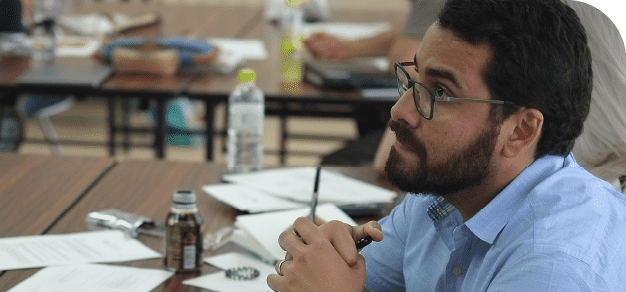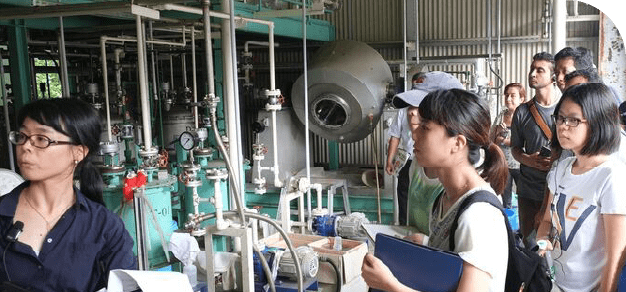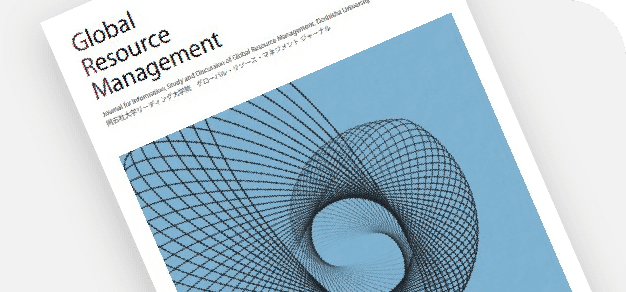GRM Students’ Reports
≪Special Seminar≫ Historical Geography and Energy Infrastructure in Zambia
Graduate School of Global Studies Marie TAKETANI
2013/03/25
Date: March 25 (Mon), 2013
Venue: IMADEGAWA (Karasuma Campus), Shikokan GRM Common Room
Theme: "The Historical Geography and Energy Infrastructure of Zambia"
Lecturer: Prof. Webby Silupya Kalikiti and Prof. Ackim Zulu (University of Zambia)
*******************************************************"
"The Historical Geography and Energy Infrastructure of Zambia"
"About the University of Zambia"
By Prof. Webby Kalikiti and Prof. Ackim Zulu, from University of Zambia
Global Resource Management (GRM) Program invited two professors from University of Zambia (UNZA), Professor Webby Kalikiti and Professor Ackim Zulu. Professor Kalikiti is a historian and Professor Zulu is an electrical engineer. The title of their lecture is "The Historical Geography and Enrgy Infrastructure of Zambia". Doshisha University signed the Memorandum of Understandings (MOU) with UNZA and it completed in 2013. The relationship between University of Zambia and Doshisha University will be more active and productive with exchanging ideas near future. Thus, this lecture was one of good opportunities to understand each other. After this lecture 3 students from GRM program including GRM candidates visited UNZA on August 2013. The relationship between GRM program and UNZA will be strong more.
Zambia is well known as one of the large productions of copper in the world. Along with the growth of the mining industry such as copper, population and economic growth, the consumption of electricity is increasing every year in Zambia. Thus, it is an urgent challenge to supply the sufficient electricity for the growing demand of the electricity. However, fire-wood especially charcoal is most consumed energy in Zambia though the demand of electricity is increasing. The charcoal is used for mainly cooking. Also, The petroleum is often consumed in Zambia especially transport sector. Zambia is a land locked country and does not have petroleum fuel resource, so they import from outside of Zambia. Thus, there is a 1,700km pipeline called TAZAMA pipeline from Dar-se-Salaam, Tanzania to Ndora, Zambia. Its capacity is about 100 to 110m3 per hour (2,400m3 per day).
The capacity of the electric generation in Zambia in 2008 was 1,860MW. About 98% of the capacity is covered by hydroelectric power plants. The main consumption of the electricity is industry, especially the mining industry and its percentage is more than 60%. Zambia is located 1000m to 1300m above sea level. The average precipitation per year is 500mm to 1500mm and the southern part of Zambia is richer rainfall than Northern part. The dry season is May to September and the rainy season is October to April. The amount of supply of electricity decrease dramatically when draught occurs because the power generations depend on hydraulic power. Therefore, it is an urgent challenge to introduce other type of power generation systems in Zambia such as Photo Voltaic generation and wind power.
In addition to the lecture about energy sector, we could learn about the University of Zambia. UNZA was established in 1965 and the largest university in Zambia. The number of students is more than 7,000. When UNZA was established, there were only 3 departments, Humanities and Social Science, Education and Natural Science. The department of Education is largest in UNZA. Now, there are totally 9 departments including the 3 departments. UNZA has Medicine, Engineering, Mines, Agricultural Science, Veterinary Medicine and Law. UNZA has now some challenges such as funding and numerous private universities. There are lots of private universities in Zambia, around UNZA, so it seems that UNZA faces with the gathering students.
Students could learn about the energy sector and UNZA thorough the lecture by Professor Webby Kalikiti and Professor Ackim Zulu. The energy issue especially insufficient supply of the electricity is one of interesting topics in Zambia. The GRM program should deal with this issue and discuss and find out one of solutions for the demand and supply of the electricity in Zambia from the perspective of the renewable energy by the combination with Natural Science and Social Science.
Detail of lecture (Japanese)






